Martinique, once referred to as "Matinino"—believed to mean "Island of Women" by its early Arawak inhabitants—was later misinterpreted as "Madinina," or "Island of Flowers." This Caribbean island lies between Dominica to the north and Saint Lucia to the south.
History of Martinique
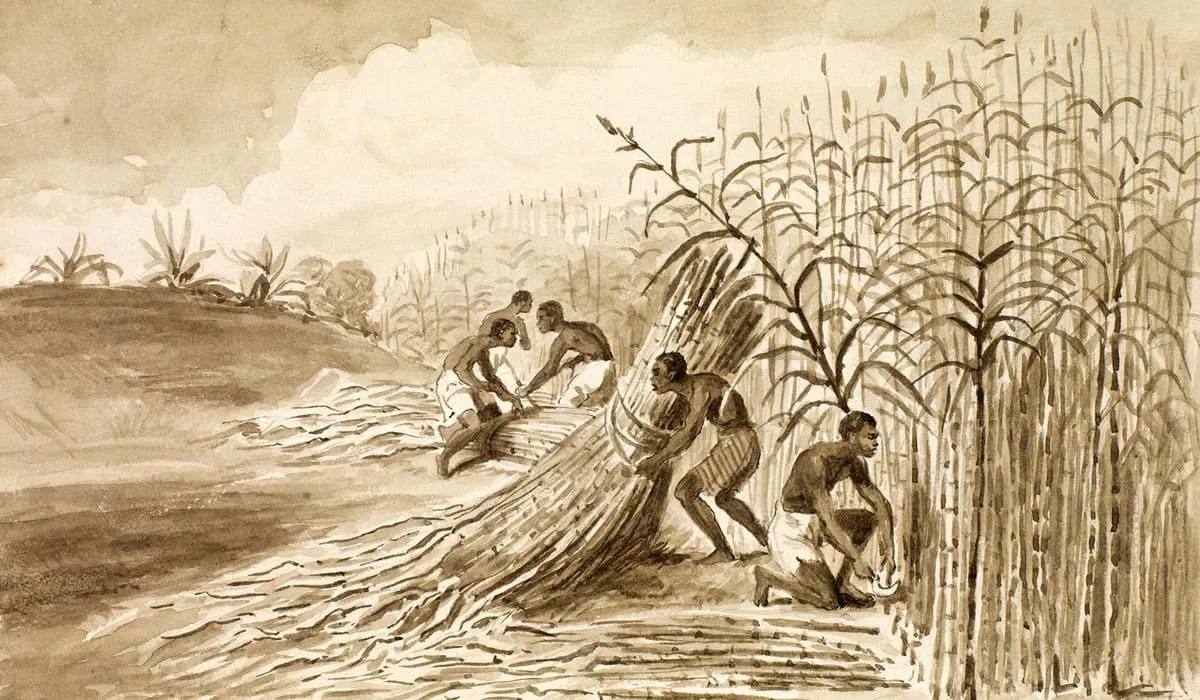
Like many Caribbean islands, Martinique was originally inhabited by the Carib people before the arrival of Christopher Columbus in June 1502. French colonization began in the 17th century, shaping the island’s cultural and demographic landscape through successive waves of immigration.
Although slavery was officially abolished in 1848, its legacy remains deeply embedded in Martinique’s society, visible across cultural, economic, and spatial dimensions. Today, Martinique is both a French region and department, enjoying the same legal status as those in metropolitan France—yet persistent disparities in economic and social indicators continue to mark a significant gap
French is the official language of Martinique, while Creole—rooted in the island’s colonial and enslaved past—is widely spoken in everyday life. English and Spanish are also spoken by some residents and taught in schools.
The official currency is the euro (€), as Martinique is an overseas region of France. While U.S. dollars and other foreign currencies may be accepted in some souvenir shops and tourist areas, it's advisable to exchange your money for euros before arrival or use local ATMs for better rates.
Geography of Martinique

Martinique enjoys a stable tropical climate, with average temperatures hovering around 82°F (28°C) year-round. The island experiences two main seasons: a dry season from December to April, and a rainy season from May to November.
Administratively, Martinique is divided into 34 municipalities. Its current capital, Fort-de-France, assumed this role in 1902 following the catastrophic eruption of Mount Pelée, which devastated the former capital, Saint-Pierre. Once known as the "Paris of the Caribbean," Saint-Pierre never fully regained its prominence, and Fort-de-France—located more centrally—became the island’s political and economic hub.
Population of Martinique

Covering an area of 1,128 square kilometers, Martinique had a population of approximately 361,019 as of January 1, 2025. The population is unevenly distributed across the island: nearly 70% of the land remains uninhabited due to dense vegetation and mountainous terrain. The remaining 30%—primarily in the central urban corridor—is home to most of the population, drawn by greater access to infrastructure, services, and employment opportunities. habitants au 1er janvier 2025
Economy of Martinique

Martinique’s economy is anchored in tourism, banana exports—primarily to France and other EU countries—and sugarcane-based products such as rum.
According to World Bank projections, in 2024, Martinique ranks third in the Caribbean for GDP per capita, behind Trinidad and Tobago and Saint Kitts and Nevis.
Yet this economic standing belies persistent challenges: unemployment remains high, with 22% of the workforce jobless according to INSEE, France’s national statistics institute. In contrast, educational indicators closely align with those of metropolitan France, reflecting Martinique’s integration into the national school system.
For travelers considering the Caribbean, Martinique offers not only natural beauty and cultural richness but also reassuring safety statistics. According to recent studies, Martinique ranks among the safest islands in the region, particularly when measured by the number of homicides per 100,000 inhabitants—a key indicator of public security.
When traveling to Martinique?
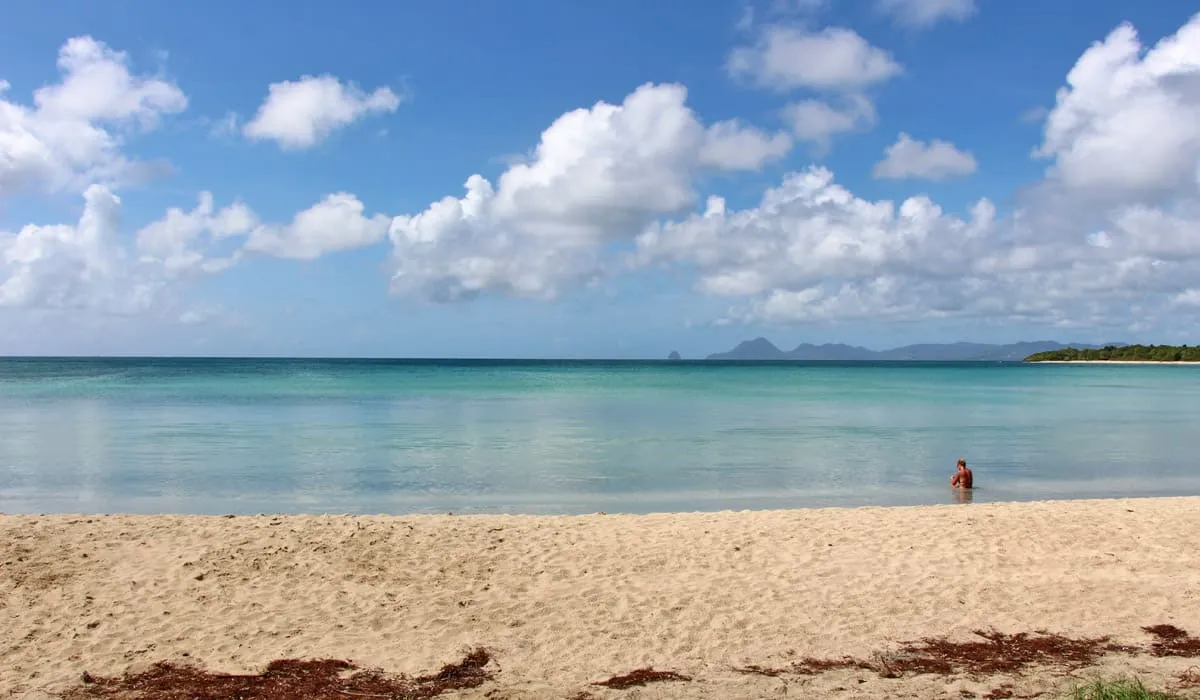
Planning your trip to Martinique? Timing is everything. The island pulses with energy during its most iconic cultural celebrations. Suppose you're eager to dive into the heart of local traditions. In that case, two standout events promise an unforgettable experience: the Carnival (February or March) or the Tour des Yoles Rondes de la Martinique (Late July – Beginning of August), a single popular event in the world.
These periods offer a deep immersion into Martinique’s cultural soul—but they’re also lively, busy, and often more expensive.
Prefer a quieter escape? For those seeking tranquility, scenic hikes, serene beaches, and budget-friendly adventures, consider traveling during the calmer months: January, March, April, May, September, October, or November.
These off-peak times offer a more relaxed rhythm, ideal for nature lovers and those wanting to explore at their own pace.
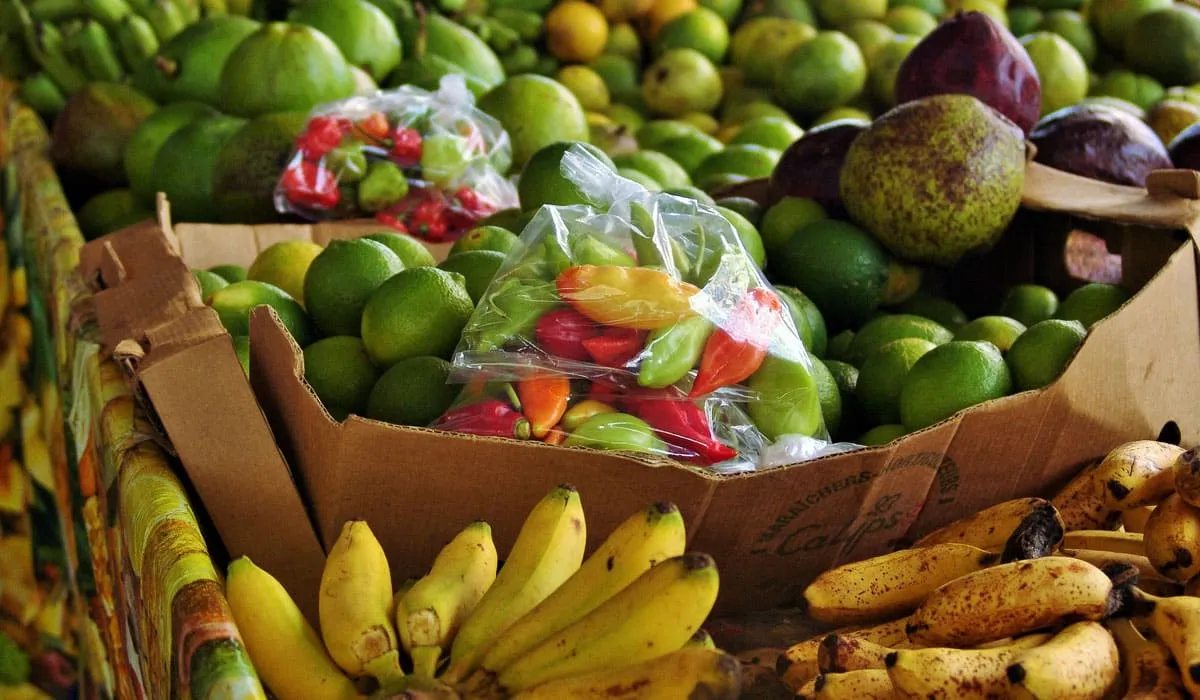
Don't miss the many local fruits and vegetables. Have you tried papaya, maracuja, water apple, caimite, or the "Bassignac" mango? Visit the fruit and vegetable stands along many roads or the various markets—especially the famous one in Fort-de-France—to taste these natural local delicacies.
Culture and traditions
Want parties, dancing to the drums sounds, or do you prefer a swaying dance? Martinique's music is the result of various Caribbean influences (reggae, dancehall, salsa, calypso, merengue) or related to its past, last where the sounds of African drums integrated local music. The main music is zouk. It's a quiet music type with lyrics on the theme of love. It is danced in couples.
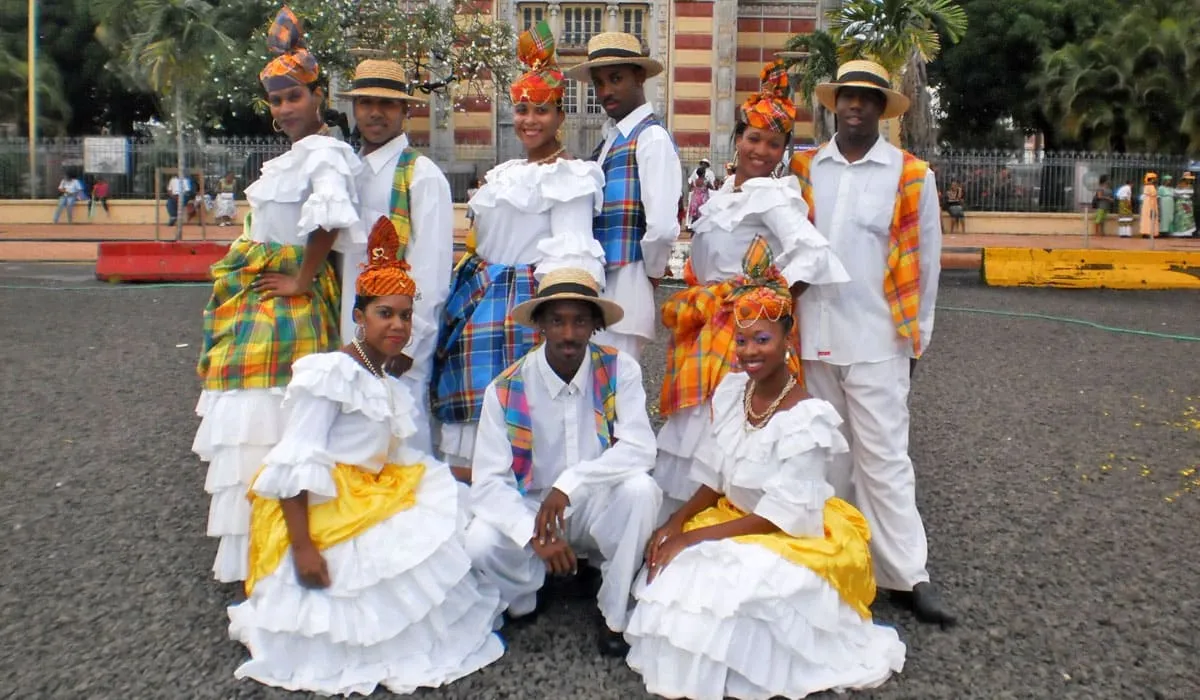
Other musics, such as bèlè, Martinican traditional music where dancers move to drum sounds, or the biguine and Mazurka, are an important part of the local music, even if they have an older audience, as music such as zouk or Dancehall / Raggamuffin.
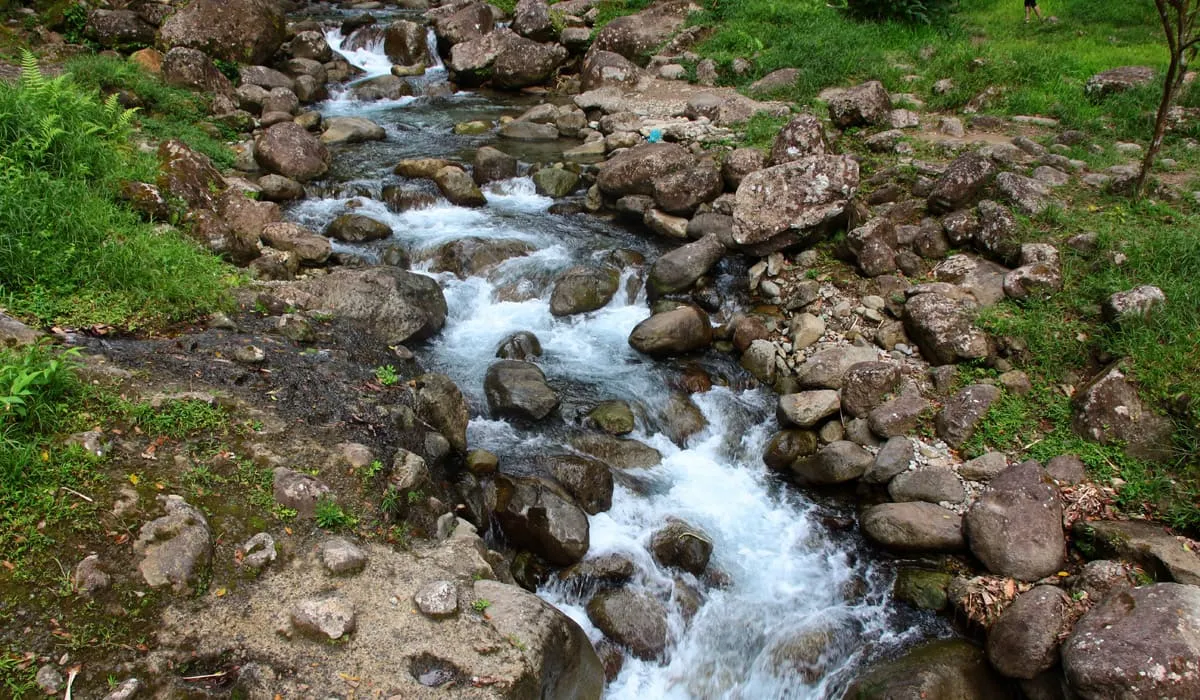
Unlike the idyllic islands often seen on tourist posters, Martinique’s greatest asset lies in its diversity of landscapes, offering a wide range of activities for every kind of traveler.
Whether you're drawn to beaches with turquoise waters and fine white sand, or prefer immersing yourself in nature—exploring rivers, mountains, and remote islets—Martinique has something for you.
The island’s extraordinary biodiversity is also a major attraction, with a number of plant and animal species exceeding that of the entire European continent.

